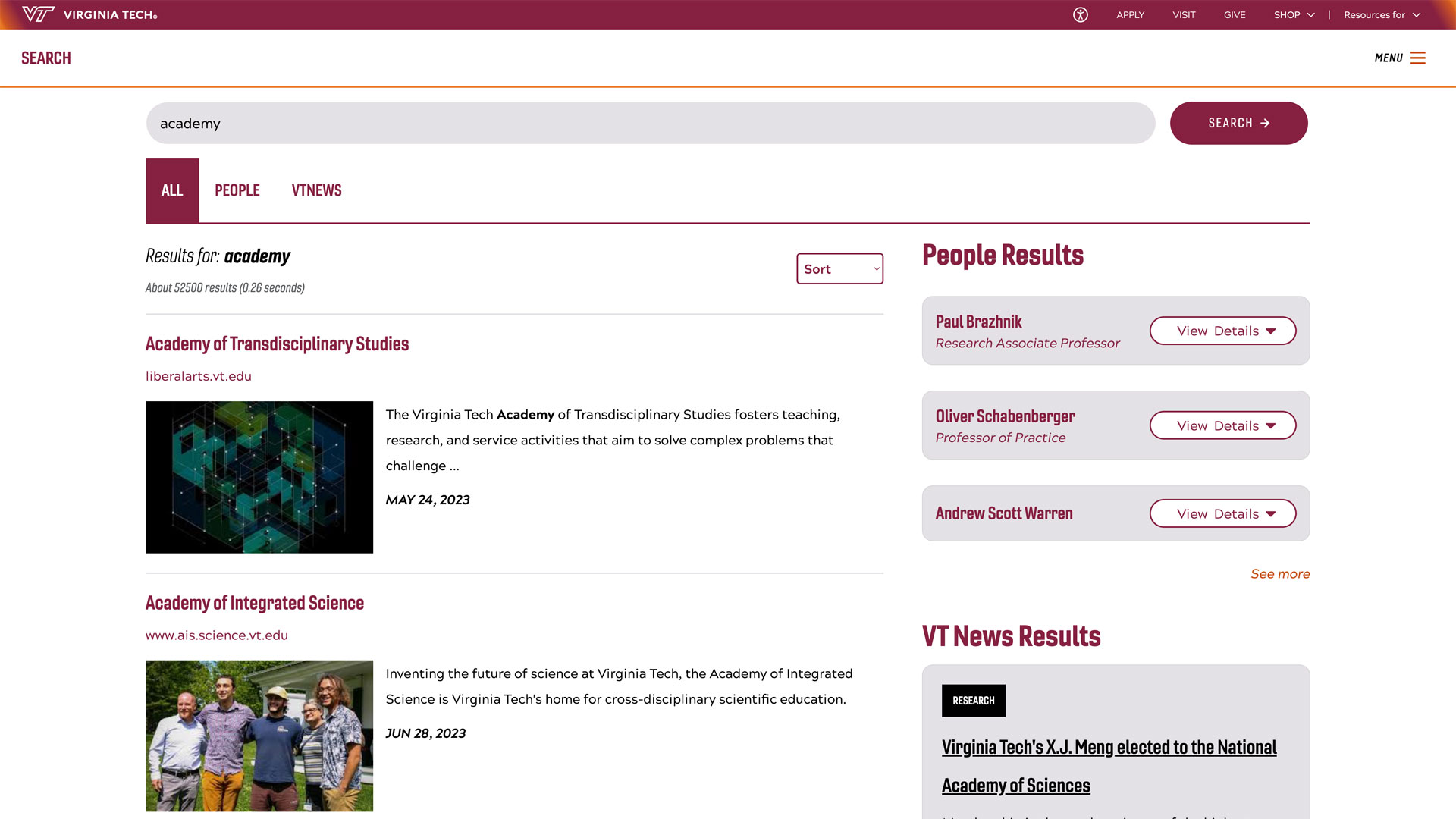Quieting the noise to bridge the quantum gap
IQM Quantum Computer in Espoo Finland. (Ragsxl / Wikimedia Commons)

Quantum computing may well be a vital component of our technological future. But to understand where we are in its current development, it may be easier to try to draw historical parallels to other technologies in their infancies, sitting on the verge of the now famous breakthroughs that they achieved.
Consider the Wright Brothers. Their landmark flight of their Wright Flyer at Kitty Hawk, North Carolina, traveled only 852 feet in its fourth and final trip, less than three football fields. That’s a far cry from the global commercial air travel industry we enjoy today, but it established what was possible.
Certain physics problems, such as faster-than-light travel or perpetual motion, currently face insurmountable barriers because of the laws of the universe as we understand them. But quantum computers do not. Mathematically, they make sense. And a breakthrough may be just around the corner.
“We’re really firmly in a world where all the evidence shows there are no fundamental roadblocks,” said Steve Flammia, director of the Center for Quantum Architecture and Software Development at Virginia Tech’s Innovation Campus, opening in January in Alexandria. “It’s just a matter of time.”
In short, nobody has definitively built a quantum computer that can outperform a classical computer to date. But quantum computing’s potential is so much greater, and the ramifications of what it might achieve are so much grander, that global superpowers have invested tens of billions of dollars in its development. Northrup Grumman’s $12.5 million investment in quantum information science and engineering will ensure that the Innovation Campus is on the forefront of that revolution.
In a sense, the global investment into quantum mirrors Virginia Tech’s own investment into the building that will house that program in the greater Washington, D.C., metro area, Innovation Campus Academic Building One in Potomac Yard. It’s a vision of — and promise for — the future.
The current artificial intelligence (AI) boom didn’t really take off until the mass availability of relatively cheap, high-powered GPUs, capable of quickly processing large amounts of data. Because of the fundamental physical differences between traditional bits and qubits, there is no such equivalent in the quantum world, but increasing opportunity and the number of people working on the problem can only help.
“Once we start bringing the cost of fabricating devices down, and we start speeding up the engineering cycle, it’s going to continue to get better and better,” said Flammia. “And I think we’re close.”
The challenge is not about overcoming some previously unsolved problem of the universe, but rather a matter of closing the gap between the math and the engineering — developing more efficient algorithms on one end, and more advanced technology on the other until they are able to meet in the middle. Rather than traditional computing bits, which are stable, but exist in one of two states, quantum bits — or qubits — are very fragile, but can exist in an exponentially greater number of states, magnifying their capabilities, so long as you can manage them.
“The reason that we don’t have functioning quantum computers right now is because they’re too noisy,” said Flammia. “To take advantage of the quantum effects, you have to have extremely sensitive devices, and we just haven’t been able to build them well enough yet.”
One reason for this is how incredibly fragile quantum computers are. Even the act of taking a measurement can fundamentally alter the result, requiring a full reboot of the machine. This is, obviously, not terribly practical for trying to tackle real-world issues. In order to do that, a quantum computer needs to eliminate enough of the noise, or errors, that these early generation versions of the machines create to be able to operate continuously, without the stops, starts, and reboots that are currently the reality. That’s actually what Flammia tackles in his work — trying to reach what’s called the noise threshold.
Earlier in 2024, Google’s quantum team reported having achieved operation below that noise threshold, a potentially monumental breakthrough in the field. But the results also showed just how far the field still has to go and how many more qubits a quantum computer would require just to address this error correction on an ongoing basis. Then, in December, they announced their quantum machine had surpassed the error correction threshold, another potentially significant step forward.
“Once we are repairing the errors faster than they accumulate, we will be in a world where we don’t have to do these reboots,” said Flammia.
The goal: to create a positive feedback loop. First design quantum algorithms to help build better computers. Then, by using quantum computers that are noisy to diagnose that noise, work on ways to estimate that noise, gain a better understanding of it, and drive it down to the level of a noise threshold. Essentially, by getting noise low enough, ongoing corrections will introduce less noise, so long as you can get below that threshold. Suddenly, instead of just a Wright Flyer that only shows that flight is possible, you’ve got an airplane that can stay airborne.
To tap into quantum’s potential, we have to bridge that gap first. Because of its range of applications and its early stage of development, quantum computing is highly interdisciplinary, especially at Virginia Tech. Sophia Economou, the Marshall T. Hahn Chair in Physics, has been working on quantum problems for two decades, including the last 10 years in Blacksburg. As the director of the Virginia Tech Center for Quantum Information Science and Engineering, she works with researchers from chemistry, computer science, math, and electrical and computer engineering. That crossover is key for the kinds of problems that she and Flammia can envision quantum computing solving — things like drug discovery, or creating new materials.
“If we can make really good quantum simulators, then we can see a path toward such applications,” said Economou.
To do so means first proving that a quantum computer can outperform a traditional one, or achieving “scientific advantage.”
“There’s a back and forth between technology, theory, and math,” said Economou. “That cycle is not complete yet.”
There is also a bit of a workforce shortage for the field, which can be difficult to get into, relative to other computer science and engineering disciplines. While Virginia Tech was one of the first universities to offer an undergraduate degree in quantum information science and engineering as well as a Ph.D., the addition of a master's degree track at Innovation Campus provides a more concrete pathway into the field.
Quantum computing that can outperform classical computing remains just out of reach for now, but just like the doors of Innovation Campus, Flammia believes it’s only a matter of time before its growing potential is unlocked.
“What I think we’re going to see in the next year, or two, maybe three years at most, is an experiment that really robustly demonstrates that we were able to make predictions about a quantum system of genuine interest to scientists, where the world’s top talent try and fail to make equivalent or better predictions to what was achievable using the quantum computer,” he said.
That might not sound revolutionary to a non-scientist. But if you consider what traditional computers were built for in their infancy — breaking code, simulating bombs, even just doing large numerical calculations — their creators could never have imagined the globally connected internet as it exists today. Even if he won’t see those results, it’s what comes next that gives Flammia hope for quantum’s potential.
“I got into this field because I believe that the long-term applications are going to be really revolutionary in ways we can literally only dream about,” he said. “We cannot guess what they are right now. These are things my grandkids are going to experience that I won’t experience, but I will have contributed to in some small way.”




